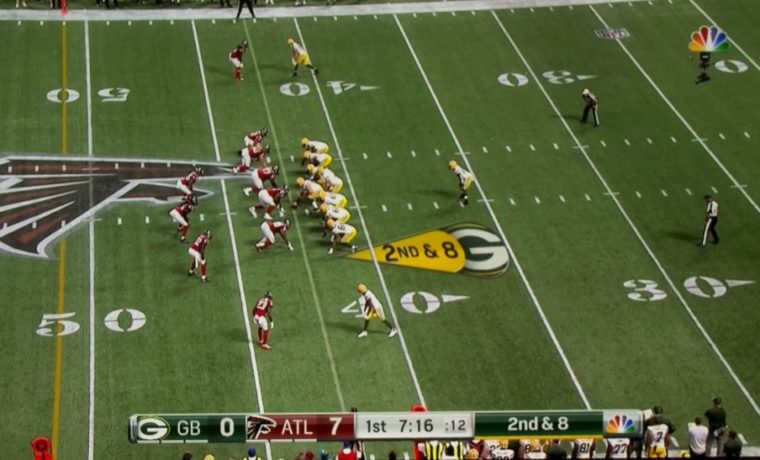No matter, the projector will be way obsolete long before it gets close to those total hours. Think 20,000 hours is about 4 hours a day, 7 days a week for 15 years. Now, let’s travel back in time. 15 years ago, HDTV was just about brand new, and we still didn’t have Blu-ray discs (or the HD-DVD standard that didn’t make it). 15 years from now? Entry level will, no doubt, be at least 8K resolution, and most likely some massive changes to displays by then. Perhaps we’ll be using a 16K resolution, 15-foot-wide (if you have the room) OLED display that is super thin, and rolls up for transport so it can be carried upstairs and through doorways.
With technology changing faster every year, we might see as much change in displays and content resolution as we’ve seen in the last 30+ years. 35 years ago, we old folks remember, were the pre-DVD days of Betamax and VHS tape, and resolutions barely 1/32 of today’s 4K (in other words, those weren’t “the good old days”).
Well, that’s definitely not a problem for the HT9050, which, at its brightest mode, topped out slightly over 2600 lumens. That is about as bright as serious “Home Theater” projectors get (OK, Sony’s got a 5000 lumen laser HT projector, but then it’s over six times the price of this BenQ). Even in modes with better color, the BenQ measured almost 1700 lumens in its “best” modes, right out of the box, and about 1400 lumens fully calibrated.


